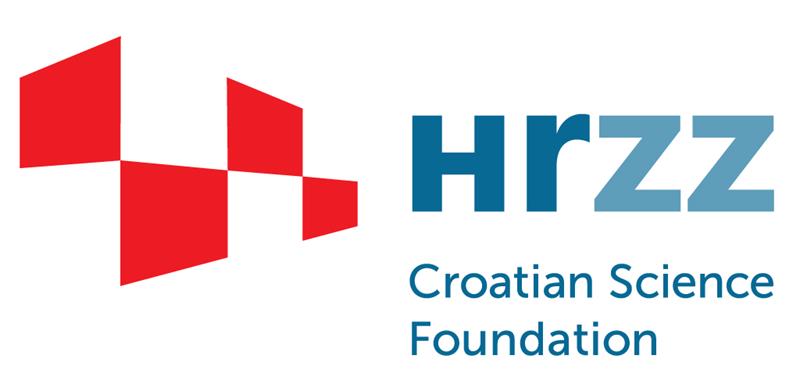Croatian Science Foundation Project HRZZ IP-01-2018-9753
Electromagnetic Structures for Emerging Communication Systems (ELESECOM)
One of the main requirements and quality indicators of the advanced wireless communications systems is the ability to communicate with a large number of users and devices with high-speed connections. In order to achieve the rapid-grow of desired high bit rate, communication systems will start to exploit millimeter-wave band (above 25 GHz). However, the propagation properties in millimeter band, both in outdoor and indoor scenarios are very complex and not fully understood. Due to this, one among big engineering challenges of emerging communication systems is certainly construction of the appropriate antennas and associated hardware for steering the flow of electromagnetic energy. The required properties of these antenna systems will include broad frequency-band operation, multi-functionality, beam steering and/or multiple-input multiple-output (MIMO) mode of operation, polarization control, spatial and frequency filtering, and active and passive interference suppression including radiofrequency signal processing. At the moment, it is not clear which technology would be the best choice for meeting these requirements. One of the possible candidates is technology of artificial electromagnetic materials - metamaterials. The electromagnetic group at University of Zagreb has been very active in metamaterial research for more than 15 years and achieved considerable results. Thus, they will leverage their recent advances by investigation of three complementary approaches for use in the antennas and associated electromagnetic structures for future emerging communication systems. The first approach will be based on the guiding periodic structures combined with lenses and metasurfaces. In particular, the concept of higher-symmetries in electromagnetics and their implications on obtaining distinctive behavior of electromagnetic structures will be explored. This approach will lead to millimeter antenna arrays with high efficiency. The second approach will enhance the system properties by incorporation of advanced active metamaterial-inspired structures such as negative-impedance linear and non-linear processing subsystems. These active subsystems will add tunability, steering and polarization control, together with up-conversion, downconversion and self-oscillating properties. The third approach will deal with novel wireless sensor technology in millimeter regime. The wireless sensor technology is considered an important upgrade of emerging communication systems and it is an inseparable part of the IoT. The wireless sensors operate in complex propagation environments with multiple reflections, scattering, and often without line-of-sight. Sensor operation in the proximity of or even inside the human body will be a common requirement. Therefore, the antenna part of the sensor should be adapted to such new environments, which requires the investigation of propagation channel properties as well as material characterization at mm-wave frequencies. Further research issue is the powering of wireless sensors, where wireless energy transfer is a promising technique to increase sensor autonomy and read range, while maintaining energy efficiency and observing exposure limits. In the final part of the project, it will be attempted to combine knowledge achieved using all three approaches towards integration into a multi-functional electromagnetic system, convenient for use in emerging communications, sensing and positioning systems.
List of publications: https://www.bib.irb.hr/pregled/projekti/id/6809



 Pristupačnost
Pristupačnost